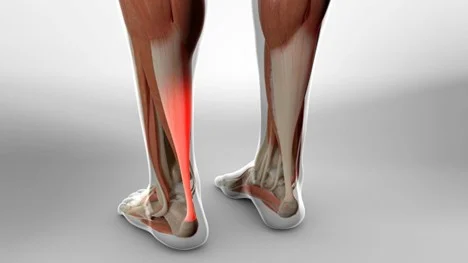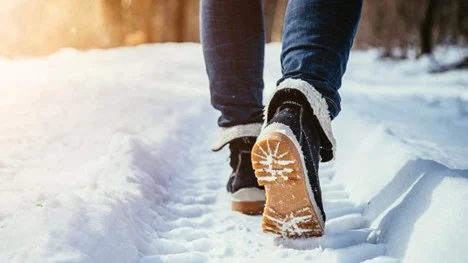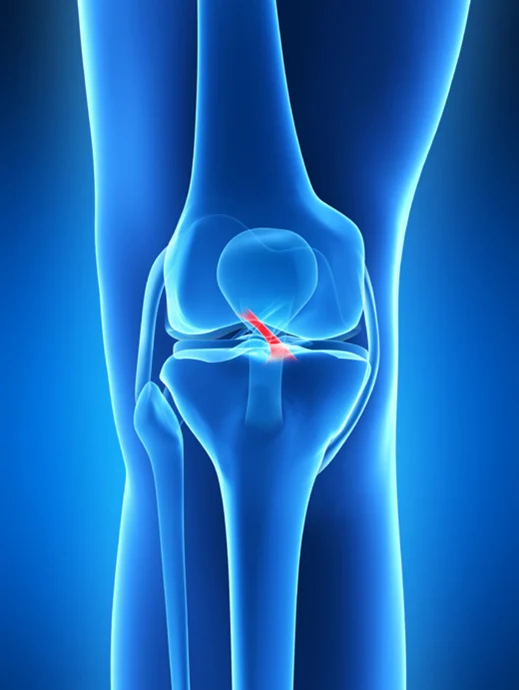- Preventing Slips and Falls
- Keeping Feet Warm and Dry
- Supporting Your Feet and Joints
- Avoiding Overuse and Fatigue
- Staying Active Safely This Winter
- The Bottom Line
As temperatures drop and sidewalks turn icy, one thing becomes clear — your choice of winter footwear can make or break your safety. At Sheddon Physiotherapy and Sports Clinic Burlington, we see many clients each year who come in with preventable injuries caused by slips, falls, or poor foot support during the colder months.
While it’s easy to overlook your boots as just another part of your winter outfit, the right footwear can protect you from pain, promote balance, and keep you active all season long.
Preventing Slips and Falls
Slippery sidewalks are one of the biggest winter hazards. Even a small fall can lead to ankle sprains, wrist fractures, or back injuries. At Sheddon, our physiotherapists often treat patients recovering from winter-related falls — many of which could have been avoided with proper traction and support.
What to look for:
- Deep tread patterns for grip on ice and snow
- Non-slip rubber soles (avoid smooth leather bottoms)
- Waterproof materials to prevent freezing buildup underfoot
Tip from the Sheddon team: Take shorter steps on icy paths, and keep your center of gravity over your feet to maintain stability.
Keeping Feet Warm and Dry
Cold, damp feet aren’t just uncomfortable — they can lead to poor circulation, stiffness, and even frostbite. When feet are cold, muscles tighten, increasing your risk of strains or falls.
What to look for:
- Waterproof exteriors and insulated linings
- Moisture-wicking socks to keep your feet dry
- Roomy toe boxes to allow proper circulation
At Sheddon Physiotherapy in Burlington, we encourage clients — especially older adults and those with conditions like diabetes to prioritize warmth and comfort to reduce the risk of cold-related injuries.
Supporting Your Feet and Joints
Walking on snow, ice, and uneven terrain challenges your entire kinetic chain — from your ankles to your lower back. Boots that lack support can cause foot pain, plantar fasciitis, or joint discomfort over time.
What to look for:
- Solid ankle support and cushioned soles
- A firm but flexible base to promote natural foot movement
- Slight arch support to maintain alignment
Our physiotherapists at Sheddon often assess patients’ gait and posture to identify whether their footwear may be contributing to chronic knee or back pain. Small changes — like choosing better boots or adding custom orthotics — can make a big difference.
Avoiding Overuse and Fatigue
Heavy, poorly fitted boots can lead to leg fatigue and muscle strain after long wear. If your footwear makes walking feel like a workout, it might be doing more harm than good.
What to look for:
- Lightweight, flexible designs that still insulate
- Proper fit with room for warm socks
- Stable soles that don’t restrict movement
At Sheddon, our physiotherapy team can recommend exercises to strengthen your ankles and improve balance — both of which help prevent slips even in the best footwear.
 Staying Active Safely This Winter
Staying Active Safely This Winter
When your boots are comfortable and supportive, you’re more likely to stay active — whether that means walking the dog, going for a winter hike, or simply running errands. Staying active in the colder months supports mobility, heart health, and mood — all key areas of wellness we emphasize at Sheddon Physiotherapy and Sports Clinic.
The Bottom Line
Proper winter footwear isn’t just about style — it’s about safety, comfort, and long-term health. Investing in supportive, slip-resistant boots can prevent injuries and keep you moving with confidence all season.
If you’re experiencing foot, ankle, or back pain this winter, the team at Sheddon Physiotherapy and Sports Clinic Burlington can assess your gait, recommend strengthening exercises, and help you get back on your feet — safely and pain-free.
Stay active, stay supported, and step smart this winter.

































